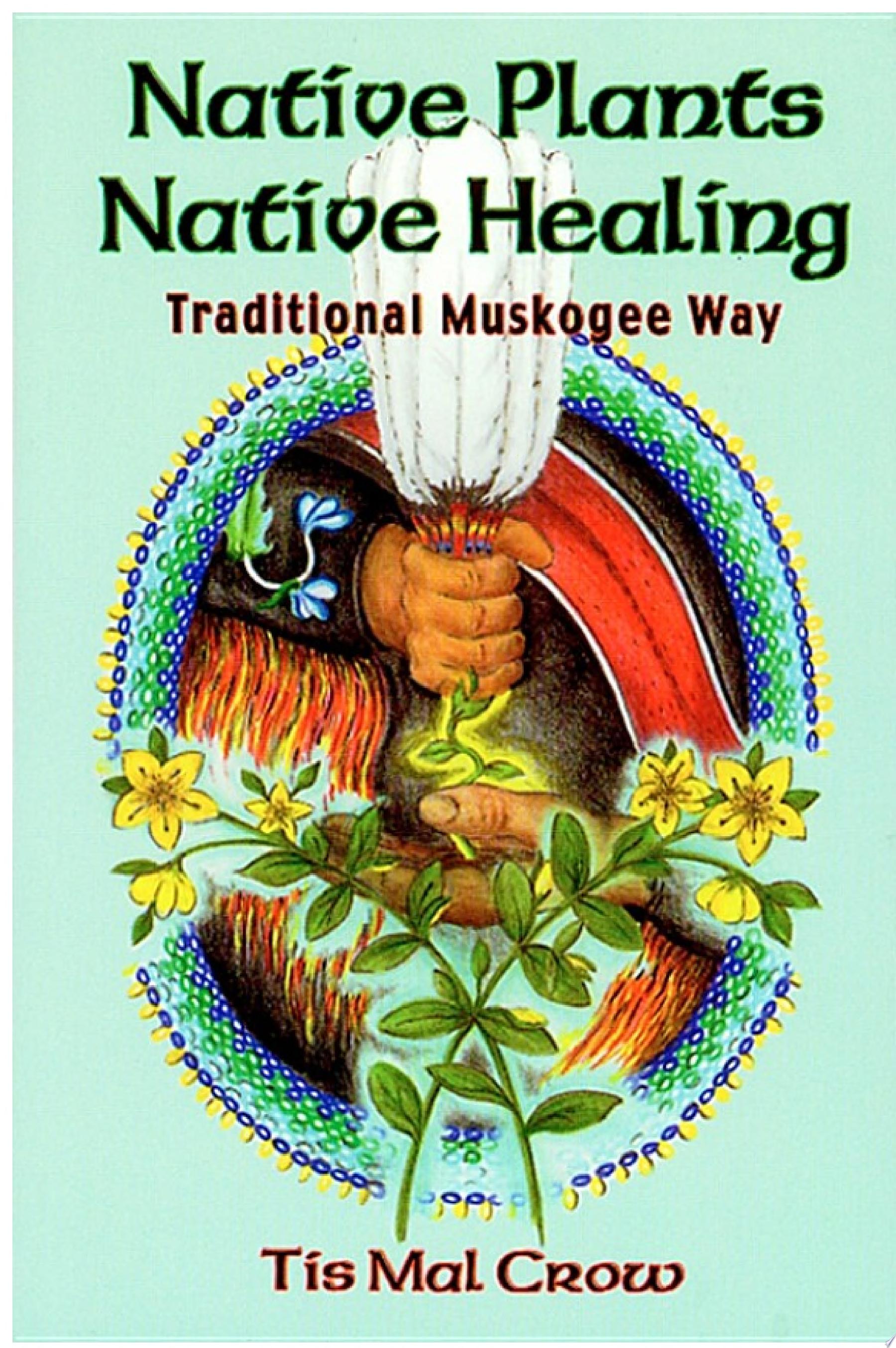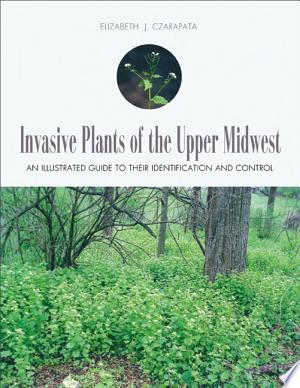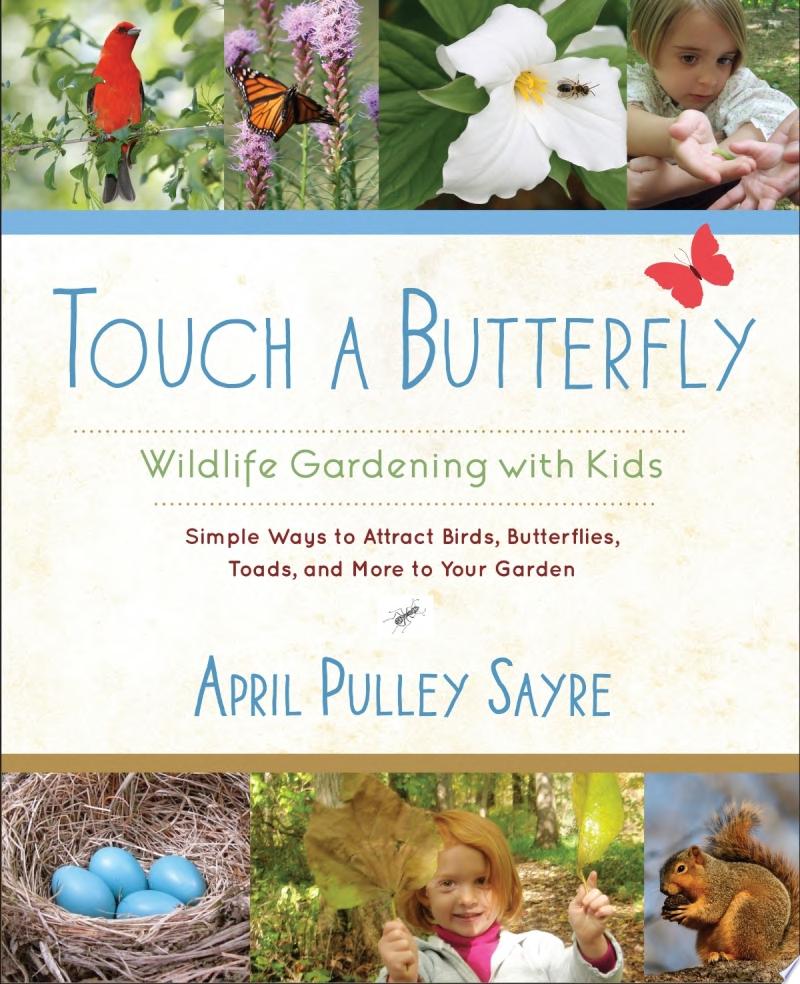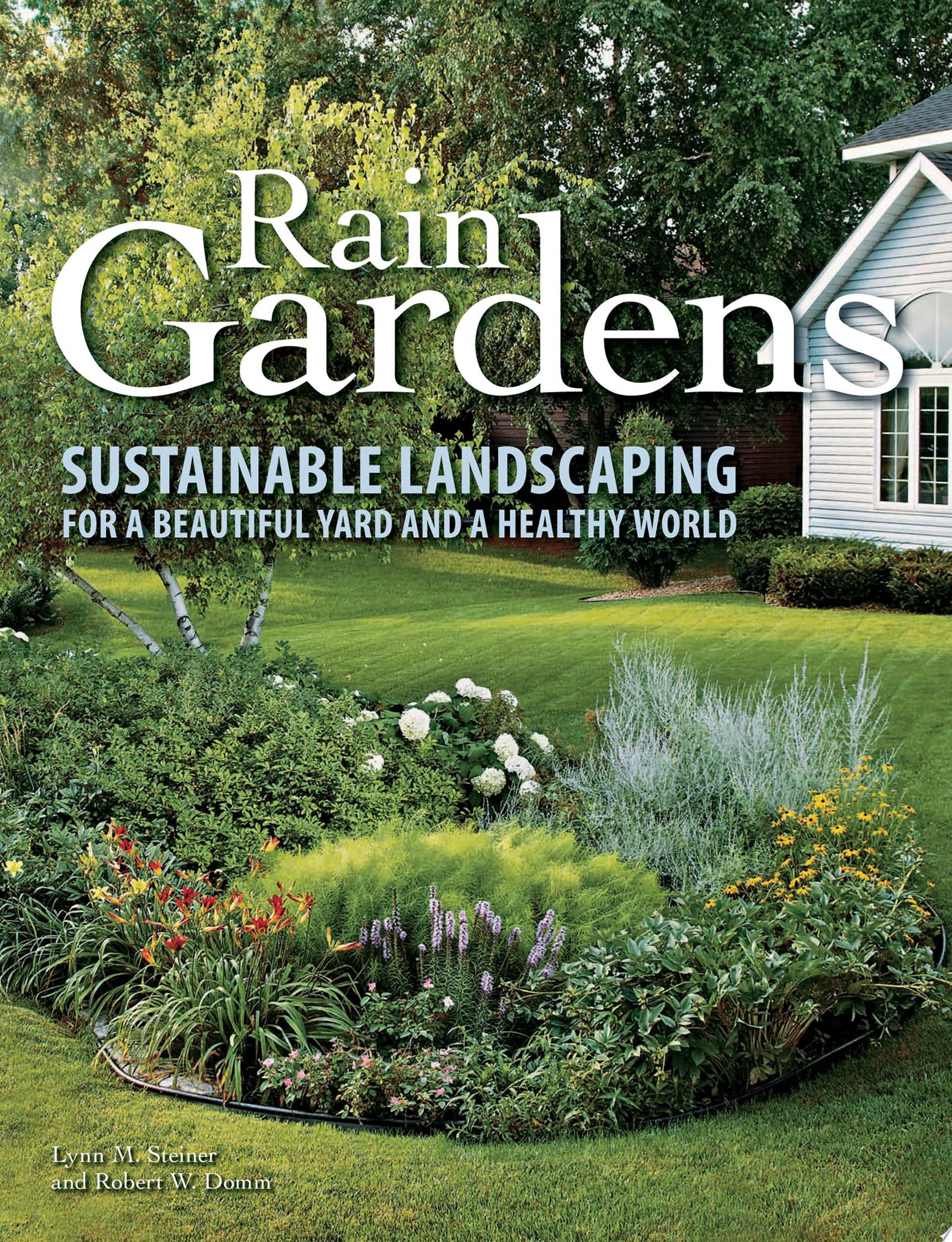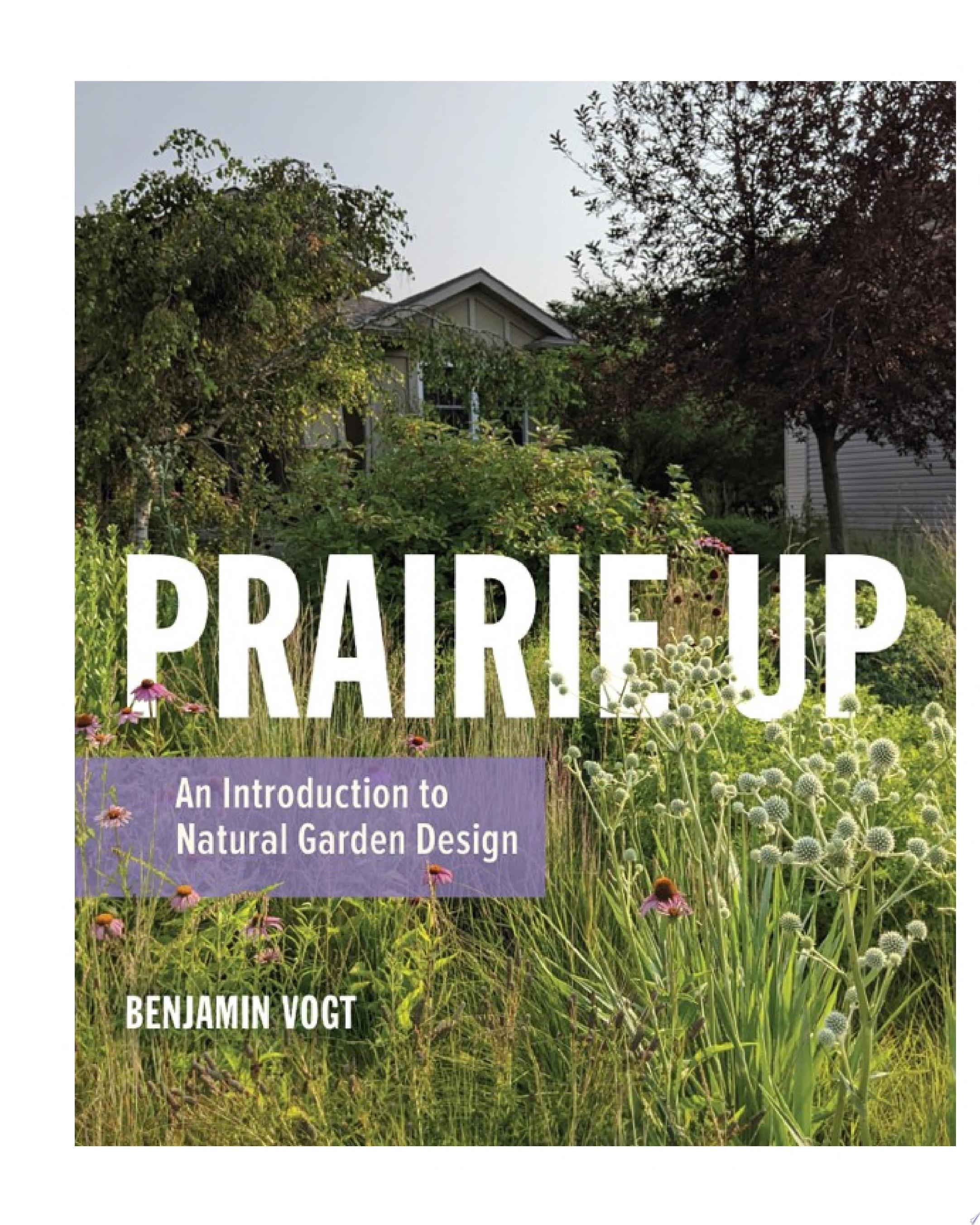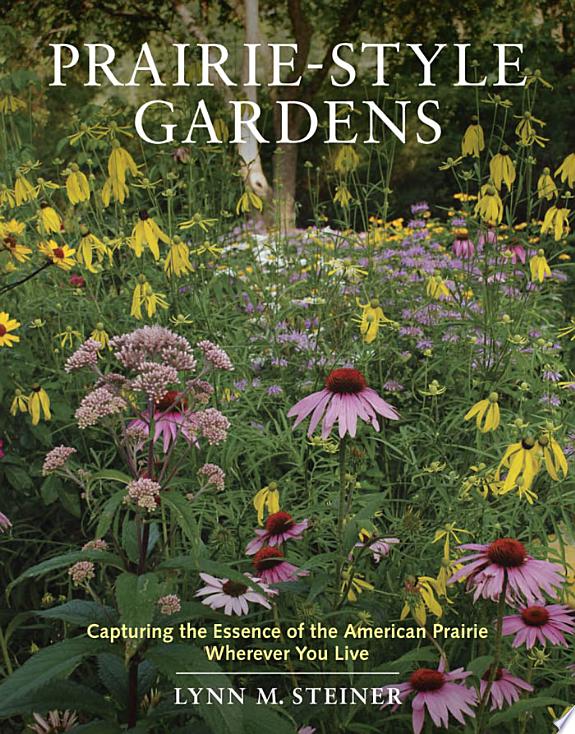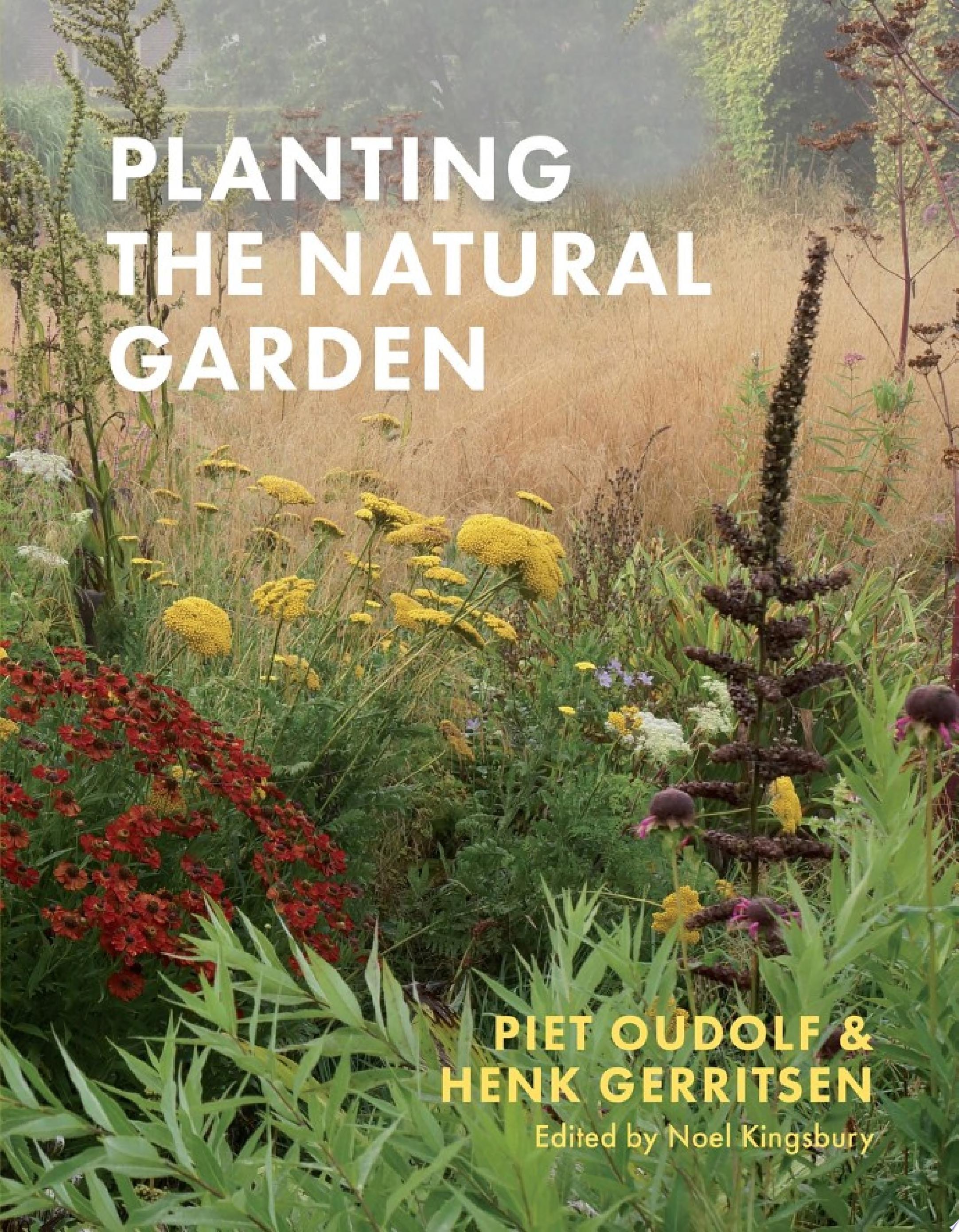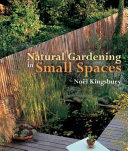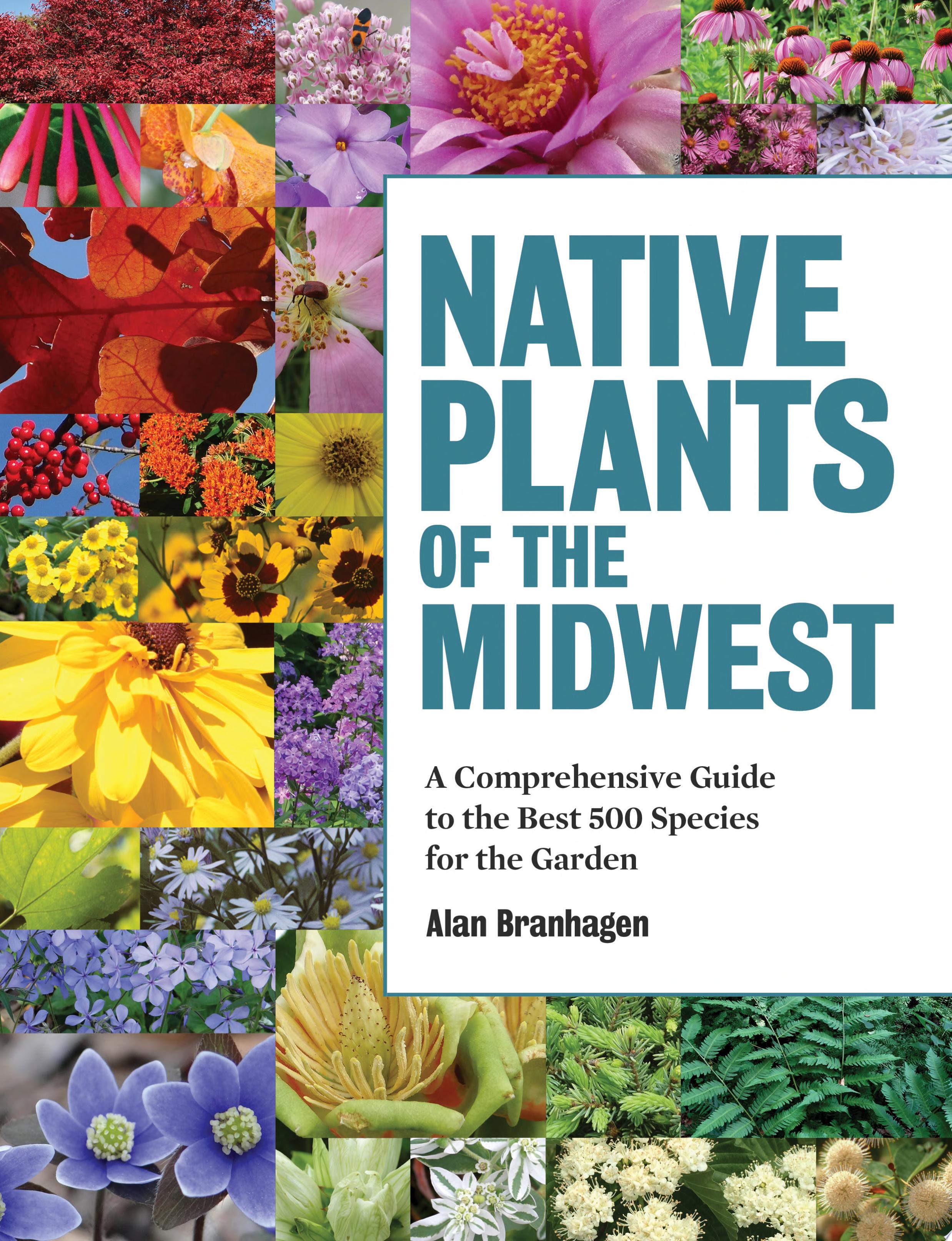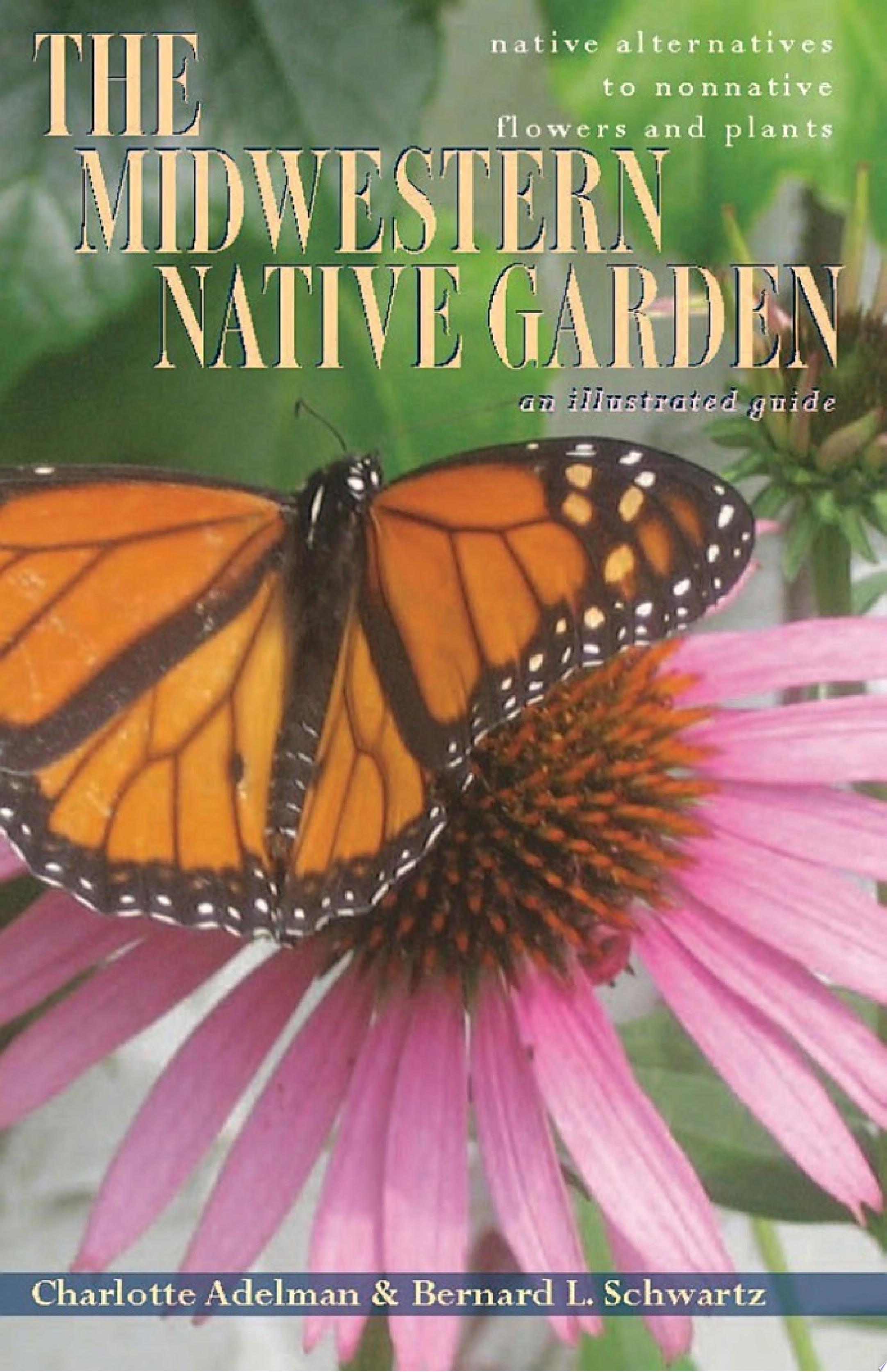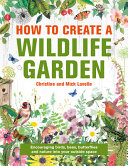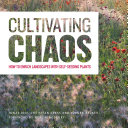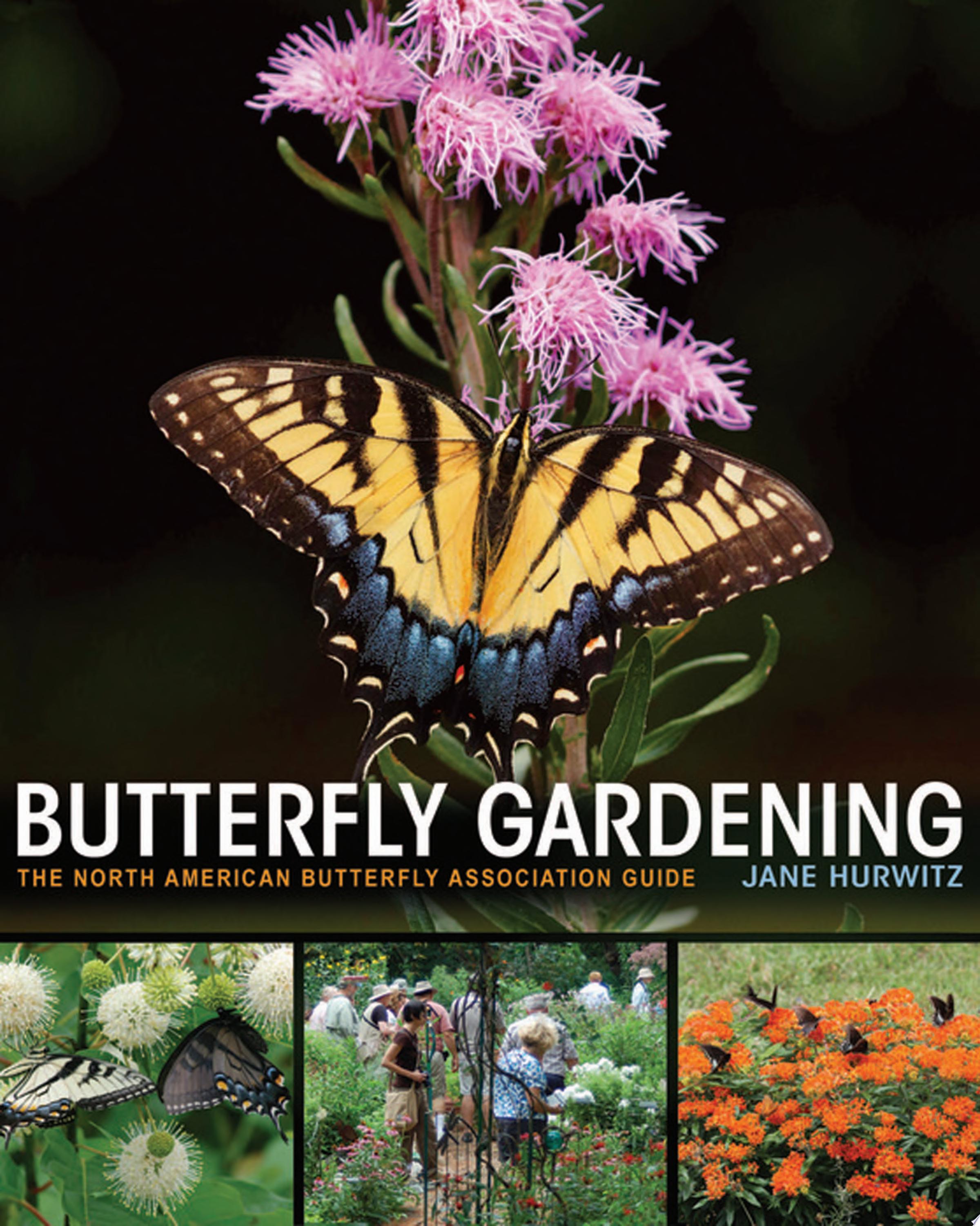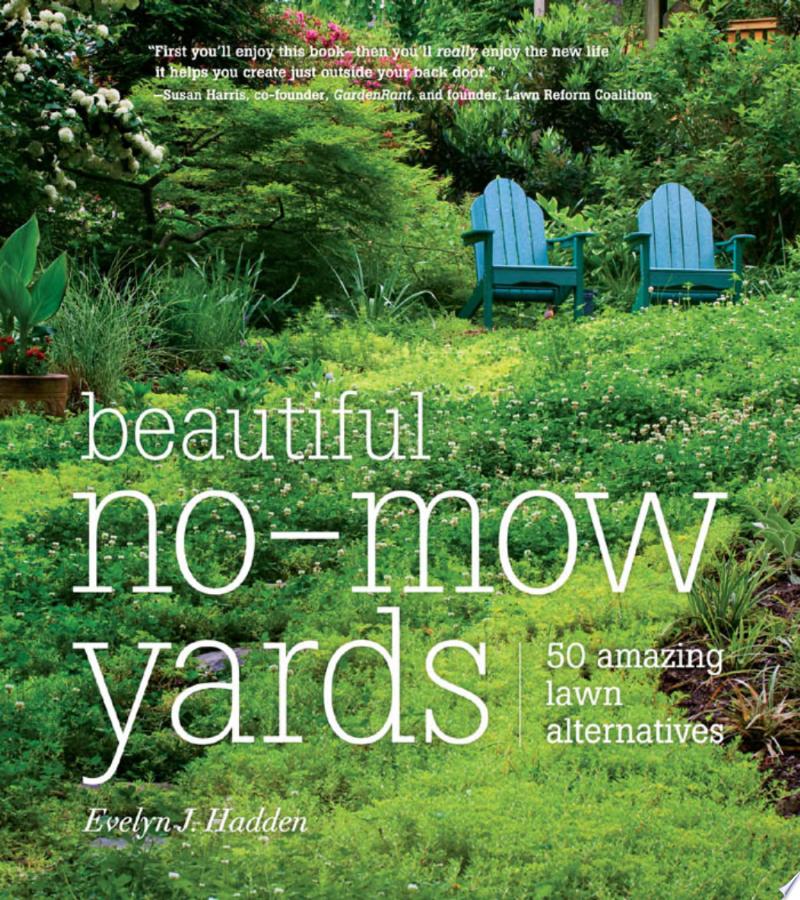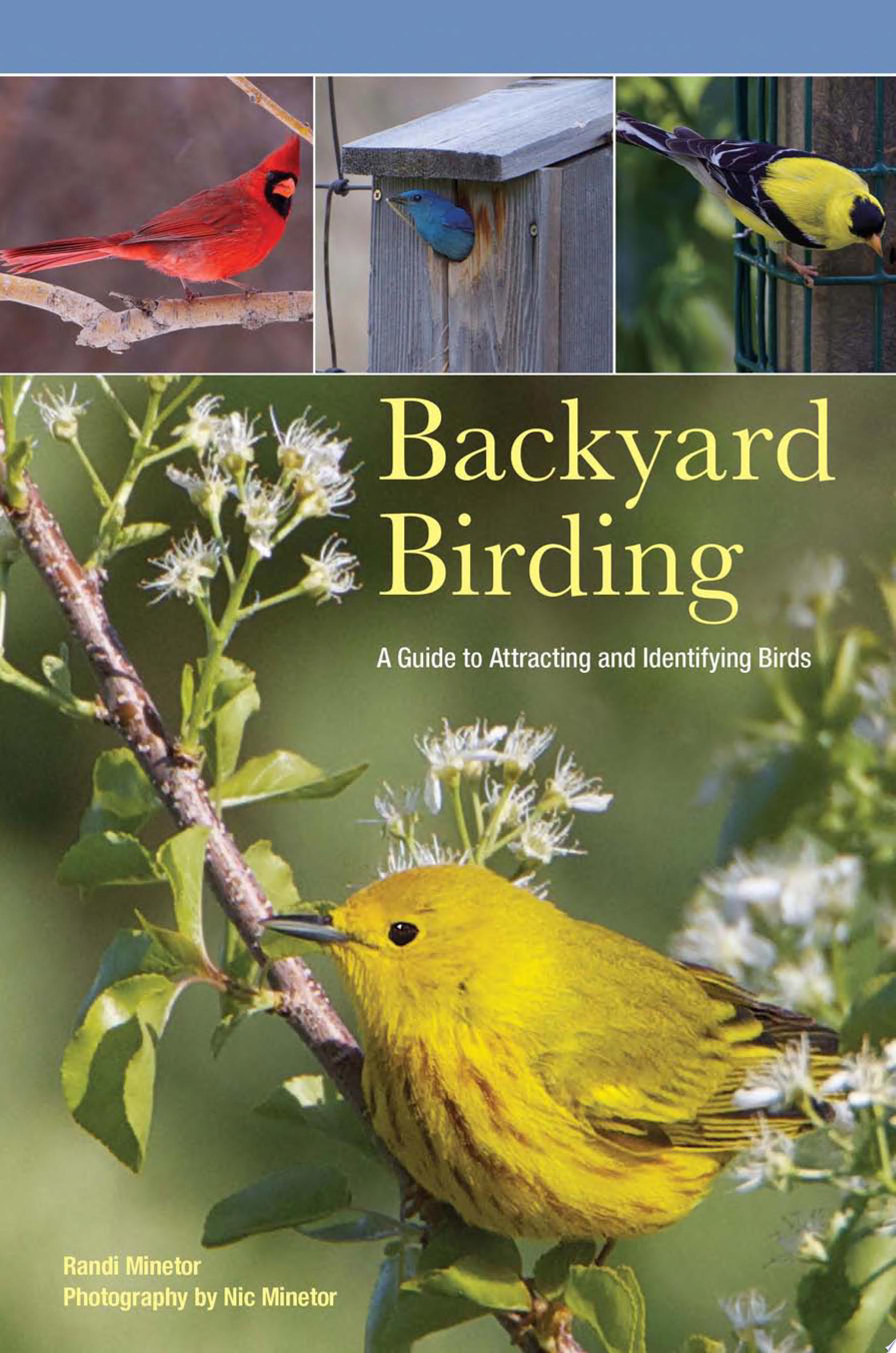How to bring birds to your home and keep them there—including 250 full-color photos
They're out there every day, flashing through your yard, perching in a tree, collecting on utility wires, or congregating around puddles. They already share your backyard and neighborhood with you, but you—even if you are already one of America's more than 68 million birders—haven't formally invited them over for dinner. This book shows you how.
Backyard Birding helps you maximize your home birding experiences and attract a wider variety of birds. With 250 full-color photos and concise, informative text, it provides indispensable details on what foods, plants, trees, water sources, and nesting materials will attract particular species. It helps you make the right choices the first time—and avoid costly mistakes. As an identification guide, it goes further than any previous resource in clarifying such matters as male/female plumage variations and breeding vs. nonbreeding plumage. Randi and Nic Minetor traveled from Florida to Alaska to photograph the hundreds of species in these pages. The result is a compendium from America's backyards to your fingertips, with information useful in whatever climate or habitat your own backyard may provide.
* 250 vibrant full-color photos capturing birds in stunning detail
* Focus on top 24 birds found nationally as well as in Eastern and Western locations
* Picture index of all the birds found throughout the book for easy reference
* Seasonal bird feeding checklists
